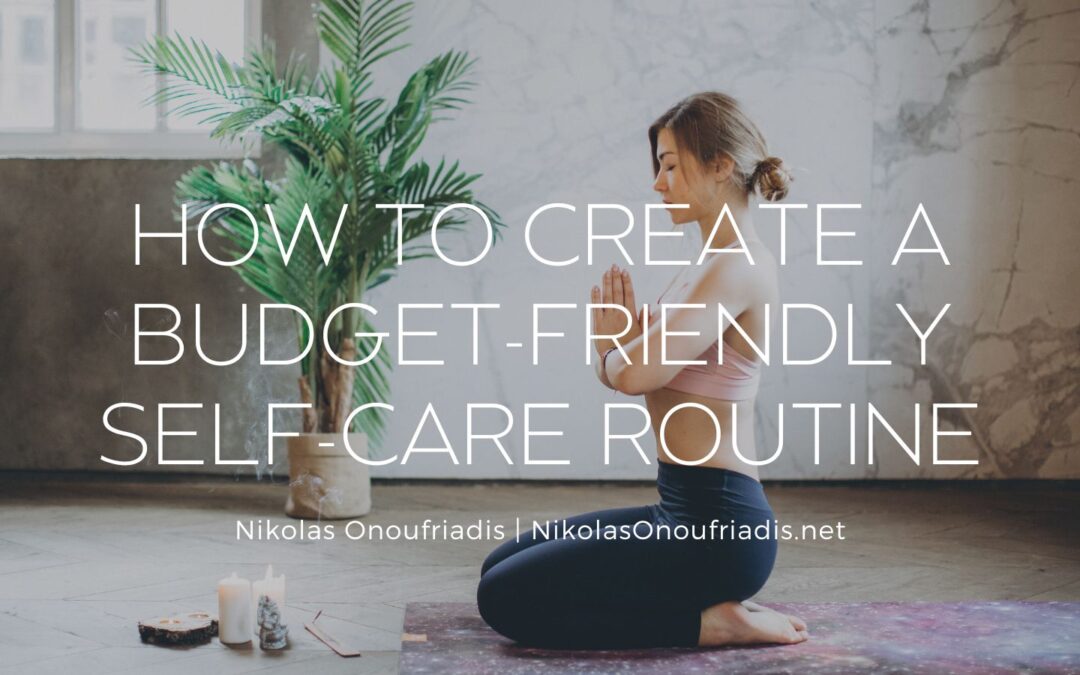Self-care is essential for maintaining your physical, mental, and emotional well-being. However, it’s possible to practice self-care without breaking the bank. People may suffer negative repercussions on their physical, mental, and emotional wellbeing if they don’t practice self-care. Here are a few instances:
Lack of self-care may lead to increased stress, which can have detrimental impacts on one’s physical and mental health. Chronic stress may cause a variety of physical and mental health problems, such as high blood pressure, heart disease, and anxiety and depression.
Without taking care of oneself, people may also get burned out, which is a condition of emotional, mental, and physical weariness brought on by persistent stress. Burnout may cause decreased output, higher absence rates, and a general decline in work performance.
Poor Physical Health: People who don’t take care of themselves may also suffer from poor physical health. Neglecting one’s needs may result in unhealthy eating patterns, a lack of exercise, and other bad habits that can contribute to long-term health problems including obesity, diabetes, and heart disease.
Poor Mental Health: People may encounter poor mental health if they don’t practice self-care. Increased stress, worry, and sadness may all have a severe impact on one’s mental health and well-being when self-care is neglected.
Reduced Quality of Life: People could have a worse quality of life if they don’t practice self-care. Lack of energy, drive, and general pleasure of life may result from poor self-care, which can heighten feelings of discontent and dissatisfaction.
- Identify Your Needs
Start by identifying your self-care needs. This could include activities like exercise, meditation, or spending time with friends and family. By identifying your needs, you can focus on activities that are most important to you and save money on activities that provide less benefit.
- Find Free or Low-Cost Activities
Many self-care activities don’t require spending money. For example, you can walk, practice yoga using a free online video, or take a relaxing bath. Look for free or low-cost activities that align with your self-care needs.
- Create a Relaxing Environment
Creating a relaxing environment can enhance your self-care activities. For example, you can light candles, play calming music, or use aromatherapy oils. These simple additions create a more peaceful and relaxing atmosphere.
- Practice Mindfulness
Practicing mindfulness can be a powerful form of self-care. It doesn’t require special equipment or resources and can be practiced anywhere. Try setting aside a few minutes daily to practice mindfulness, such as deep breathing or meditation.
- Take Advantage of Community Resources
Many community resources offer free or low-cost self-care activities. For example, your local library may provide free yoga classes or meditation workshops. Look for community resources that align with your self-care needs.
- Prioritize Rest and Sleep
Rest and sleep are critical for self-care. Ensure you’re getting enough sleep each night and taking time to rest when needed. This could include taking a nap, reading a book, or sitting quietly.
creating a budget-friendly self-care routine is possible. You can practice self-care by identifying your needs, finding free or low-cost activities, creating a relaxing environment, practicing mindfulness, taking advantage of community resources, and prioritizing rest and sleep without breaking the bank. Remember, self-care doesn’t have to be expensive or time-consuming. It’s about finding activities that help you to feel your best and prioritizing your well-being.

